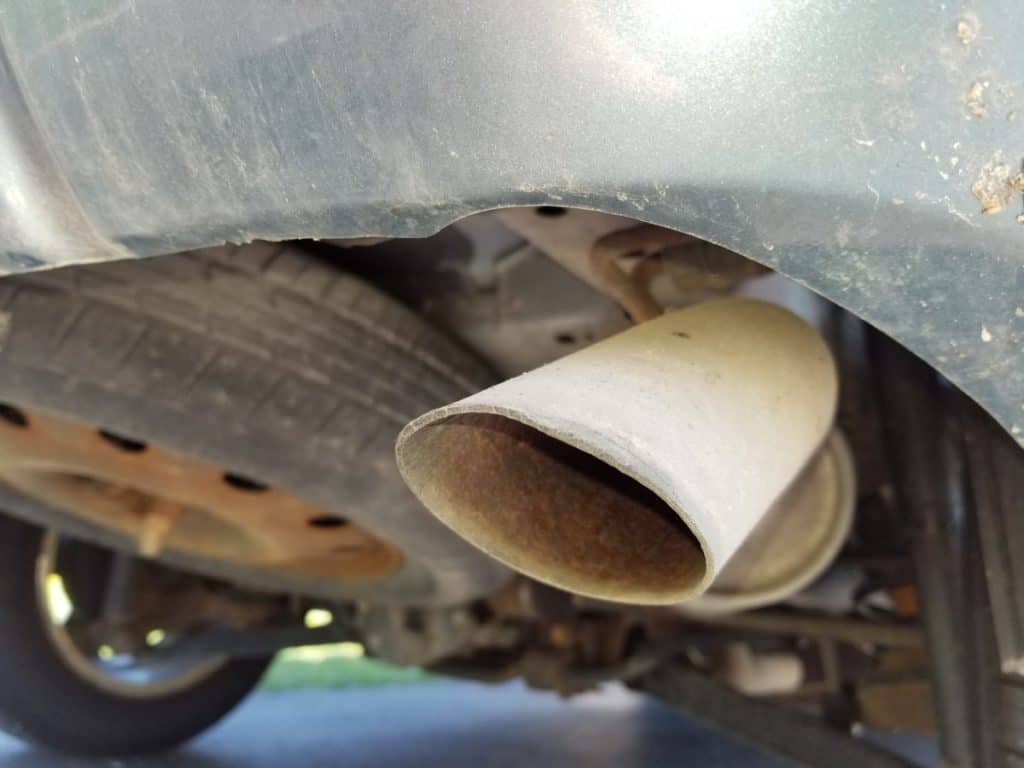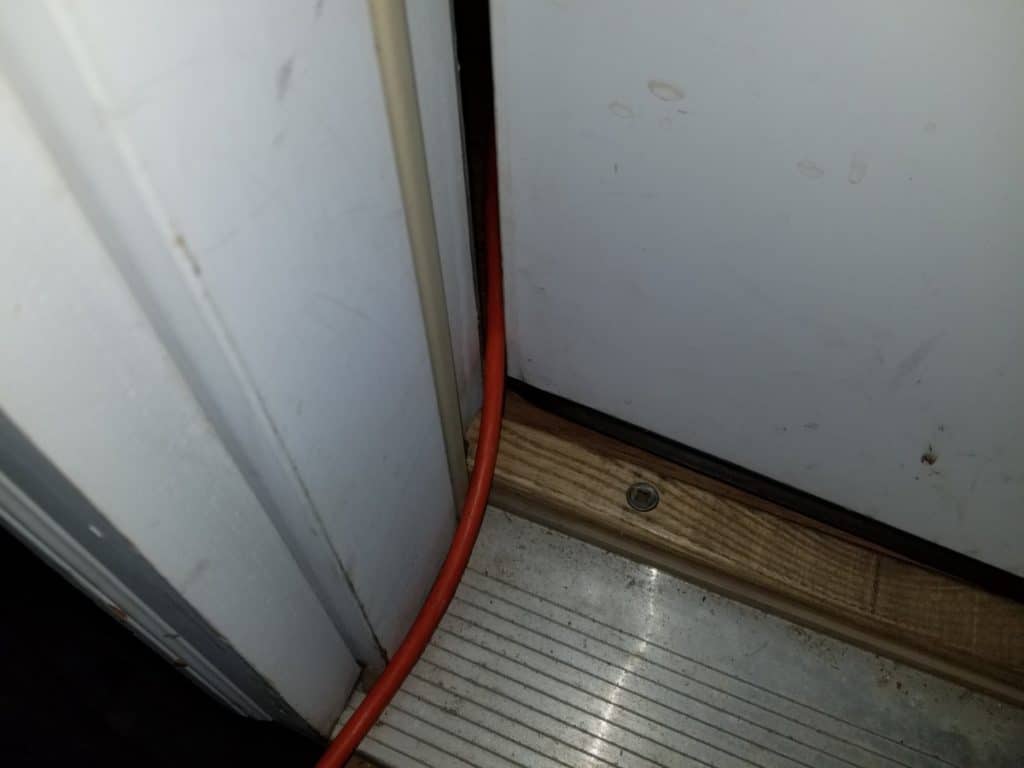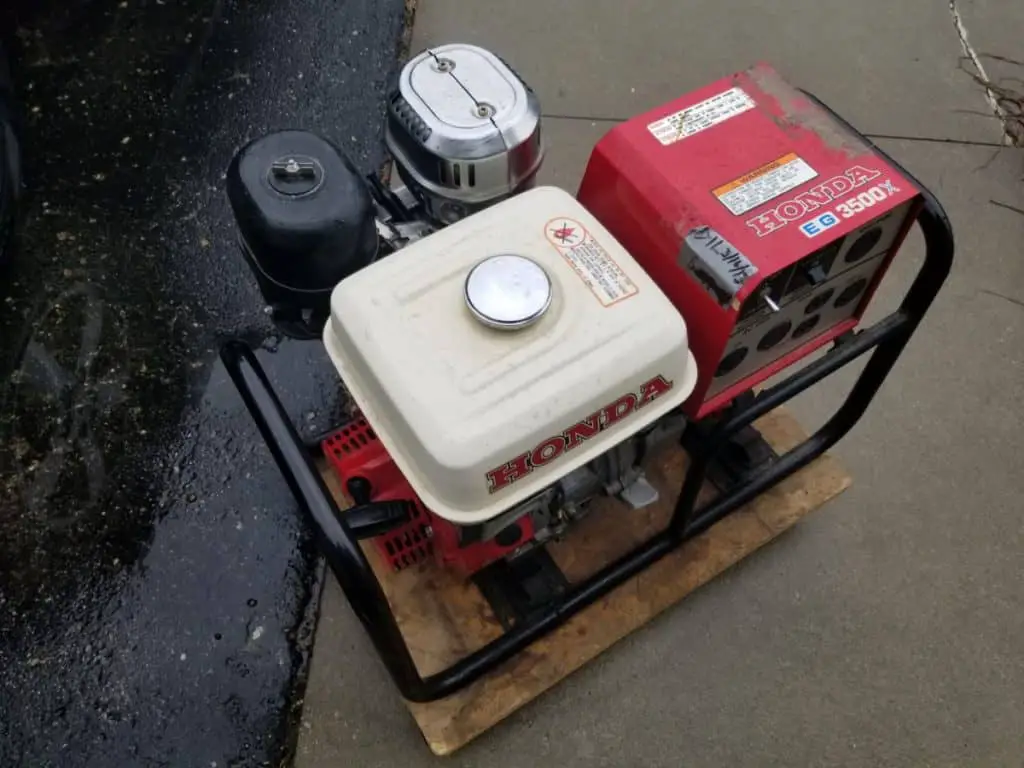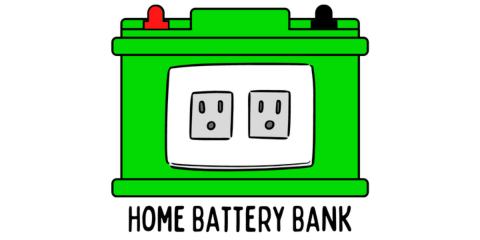If there’s a torrential downpour outside and you know that electronics on your generator and rain do not mix, you might be wondering if you can get away with running your generator in the garage with the door open.
I mean, if the exhaust is pointing outside and the door is opened you should be fine? Right?
Unfortunately this is not the smartest idea. While you might get away with it and nothing might happen, there still a very real chance of losing with this game of Russian roulette.
It is not safe to run a generator from your garage. According to the CPSC, 25% of all carbon monoxide-related deaths attributed to generators at home are due to users operating generators in the garage. It is recommended to operate a generator at least 15′ from your home.
Below, I’ll cover why it’s not safe to run a generator in the garage in more detail, what you can do to make your generator safe to run in the rain, snow, and elements, and some indoor generator options if you don’t feel like getting wet.
Carbon Monoxide (CO) Makes it Dangerous to Run a Generator in the Garage
Carbon monoxide is the primary worry when it comes to using your generator indoors or in the garage. Known as “the silent killer”, carbon monoxide is odorless, tasteless, and invisible. It can kill you within a matter of minutes and incapacitate you in even less time than that. It shouldn’t be ignored or gambled with.
That being said, you might be wondering just how much a generator can kick out in carbon monoxide. It’s smaller than your car, so it shouldn’t be as bad, right?
Your car is actually amazingly efficient at burning fuel and reducing emissions, and it has different components for this process with computer sensors that your generator, which is a small engine, simply does not have.
A generator is a rudimentary engine that still uses a carburetor instead of fuel injectors. There are no computer diagnostics on your generator to allow for the most efficient burn possible and therefore a reduction in carbon emissions.
According to the CPSC, a generator can kick out about 1,500 grams per hour of carbon monoxide, whereas a vintage 1990’s mid-size car only kicks out 2.4-5.4 grams per hour. That means that when compared to an old vehicle, a generator can be anywhere from 277 to 625 times more capable of producing carbon monoxide! If you were to compare it to today’s cars with all of our new computer diagnostic systems, I’m sure that those numbers would even be double that.

When you run a generator in the garage, even with the garage door open, you still have to worry about several factors that are completely out of your control. I’ve known people that have run their generator in their garage without an issue, but it just takes one factor to turn against you to change the outcome of the game.
Air pressure, the wind, and the temperature all play a role in what your carbon monoxide emissions will do after they exit your generator. If you run a cord from your generator through your door that leads into your house, then the conditions might just be right for the emissions to blow back through your house with a draft. The conditions might also be just right for the carbon monoxide to rise up through your soffit and then into your attic and spread throughout your house.

It’s recommended to run your generator at least 10′ to 25′ from your house, depending on whether you read the manufacturer’s advice or abide by your local municipal laws. I feel like 15′ is a good compromise and you should be fine as long as you keep the exhaust pointed away from your home.
Operating a Generator In Inclement Weather
If you are asking the question about whether or not it’s safe to run a generator in the garage due to it being rainy or snowy outside, you’ve probably already figured out the rain and snow will damage your electronics on your generator and make it unsafe for you to touch while it’s in use.
They make some fantastic universal and extremely durable generator tents like this one seen on Amazon which can withstand winds of up to 70 miles an hour and keep your electronic components on your generator covered at all times.
This product is a must-have for anybody who is thinking of operating their generator in the rain or the elements and it will pay for itself the first time you have to use it.
Still, when operating your generator even with this generator tent, exercise great caution when handling the generator while it’s running since it is still in a wet environment and water does conduct electricity.

Wear rubber-soled boots, only touched the generator with one hand when doing so to prevent bridging a rogue electrical current from one hand, through your body, and out through another hand if there’s a malfunction. I always carry a towel with me in my raincoat to dry my hands off before I even bother doing anything as well.
Indoor Generator Options to Forget About the Garage
If it’s just too rainy for your taste and you want something that will run your small things like your lights, charge your devices, and maybe run your laptop or TV for a few hours, then I would definitely recommend checking out these two fantastic indoor generators I’m Amazon (240 watt-hours or 518 watt hours).
I use the term “generator” loosely, since they are not generators at all. They do not actually generate or produce any electricity. They simply store electricity and release it on demand, as they are battery banks with a protective shell that makes them resemble a generator.
The battery, inverter, and outlets are all tied together in one convenient and easy to carry unit.
I recommend adding up all of the things you might think that you want to power by using a Kill a Watt Meter seen here on Amazon and then figure out the total water hours of the indoor generator that you plan on buying by doing a little math.
For example: If you want to run five 9-watt light bulbs and power your laptop at 35 W per hour with the 518 watt-hour model the math would look like this:
518wH/((5*9)+35)w = 6.48 Hours of use
